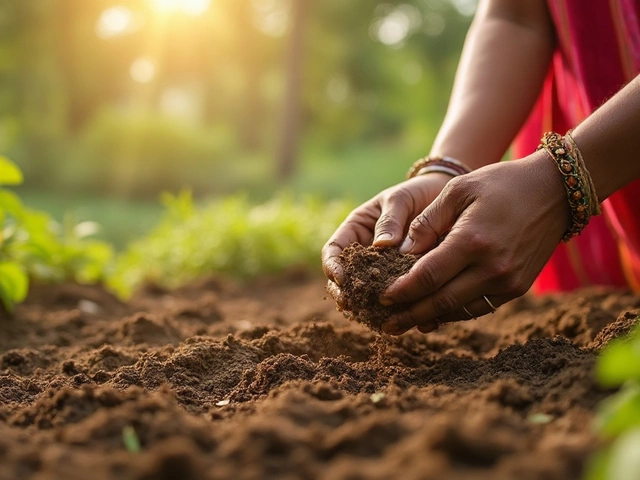Mango Gardening Tips for a Bountiful Harvest
If you want juicy mangos right from your backyard, you don’t need a fancy farm. A few simple steps can turn a young sapling into a fruit‑bearing tree. Below are the most useful tips for growing mangos in Indian climates.
Choosing the Right Variety and Site
First, pick a mango variety that matches your region. In hot, dry zones, Alphonso and Dasheri do well. In humid coastal areas, try Kesar or Bombay. Check local nursery labels – they usually note the climate fit.
Next, find a sunny spot. Mangos love full sun; aim for at least six hours of direct light daily. The ground should drain well – water‑logged soil kills the roots. If your soil is heavy clay, dig a wide pit and fill the bottom with coarse sand or broken bricks to improve drainage.
Space matters, too. A mature mango can spread 10‑15 feet, so keep at least that distance from walls, fences, or other trees. This gives the canopy room to grow and lets you move around for pruning and harvesting.
Watering, Feeding, and Pruning
When you plant the sapling, water it deeply to settle the soil around the roots. After that, water once a week during the dry season. In monsoon months, skip watering – the tree gets enough from rain. Over‑watering is a common mistake; soggy soil leads to root rot.
Fertilizing is simple. Use a balanced NPK fertilizer (10‑10‑10) at half the recommended dose for the first two years. In the third year, increase to the full dose in three split applications – spring, summer, and autumn. Add organic compost or well‑rotted farmyard manure once a year to boost soil health.
Pruning keeps the tree productive and easier to harvest. Do the first major prune in the dry season, about a month after fruiting stops. Remove any dead or crossing branches and thin the canopy to let light reach the inner shoots. Keep the main trunk clear and encourage a single strong leader. Light pruning every year after fruiting helps shape the tree without shocking it.
Watch for pests and diseases. The most common troublemakers are mango fruit fly, mealybugs, and powdery mildew. A quick spray of neem oil or a soap‑based insecticide works for most pests. For fungal issues, apply copper‑based spray at the first sign of powdery spots.
Patience pays off. Most mango trees begin to fruit after three to five years, but the first few crops may be small. With good care, yields increase each season and can reach dozens of kilograms per tree.
Finally, enjoy the process. Harvest ripe mangos when they give a gentle give to pressure and emit a sweet aroma. Eat fresh, make chutney, or dry the slices for snacks. Your backyard can supply the family with delicious, pesticide‑free fruit for years to come.

Which Fruit Is the King of India? All About Growing the Mango
Everyone calls the mango the king of fruits in India, and for good reason. This article breaks down what makes the mango so special, and how you can grow it in your own home garden. Get tips on choosing the right variety, handling pests, and caring for your tree all year round. Packed with real advice for Indian gardeners, both new and experienced. No fluff, just what you actually need to know about this legendary fruit.
About
Vegetable Gardening
Latest Posts
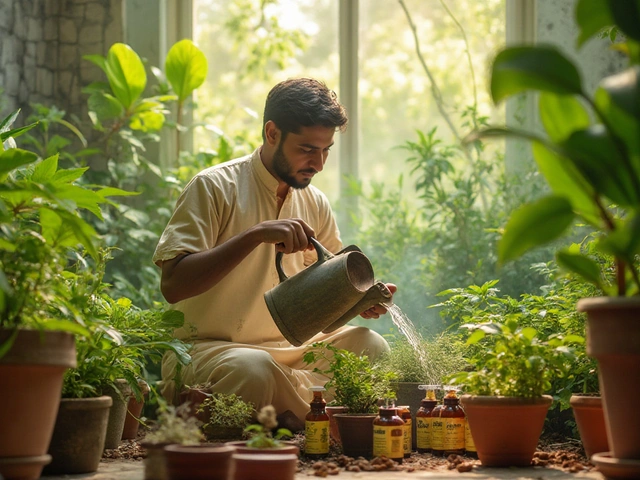
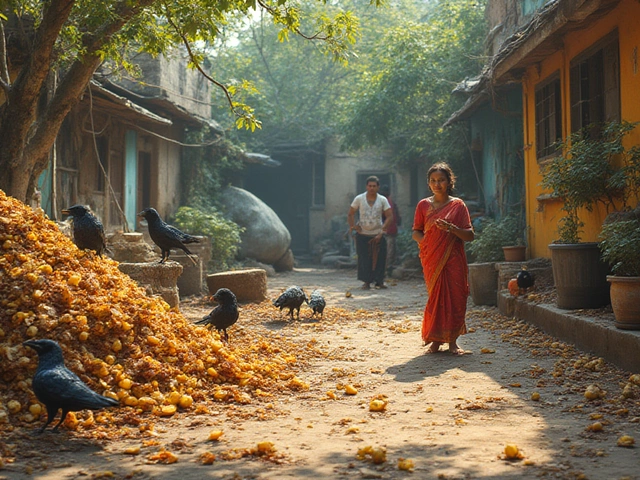
Composting Drawbacks: Real Issues, Surprising Facts, and Smart Tips
By Alden Thorne Jul 4, 2025
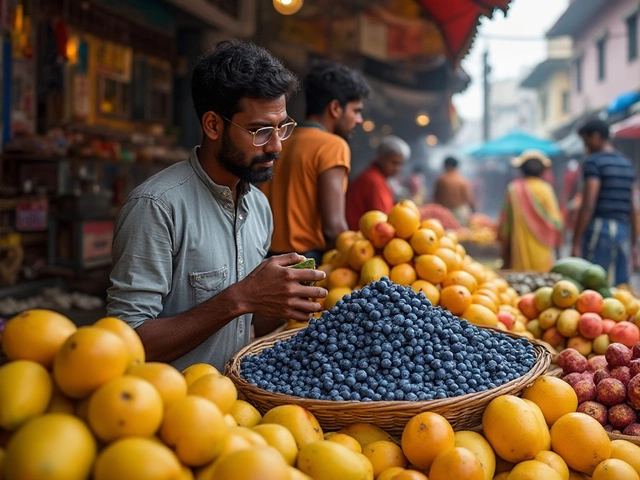
Exploring the Steep Cost of Blueberries in India
By Alden Thorne Jan 4, 2025
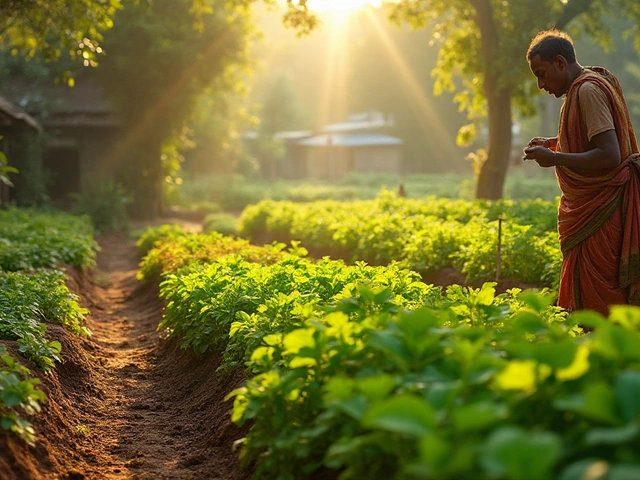
Best Locations for Your Kitchen Garden: Tips and Ideas
By Alden Thorne Jan 11, 2025
